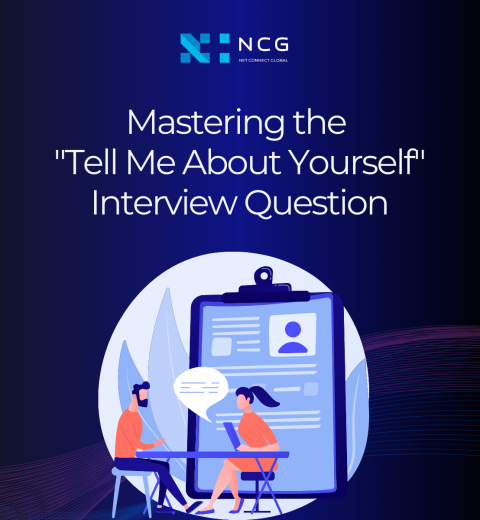In the dynamic realm of software development, transitioning from a Java Developer to a Full Stack Developer is not just a career shift but a strategic evolution. This blog delves into the essential skills and challenges encountered in the metamorphosis from a Java-centric skill set to the comprehensive expertise demanded by Full Stack Development.
Understanding the Full Stack Landscape:
Full Stack Development involves mastering both the client-side (front-end) and server-side (back-end) aspects of web applications. A Full Stack Developer is the jack-of-all-trades, seamlessly connecting user interfaces with server-side functionalities, contributing holistically to modern software projects.
Assessing Your Current Java Skills :
To embark on this journey, it’s crucial to evaluate your existing Java skills. Java remains a robust language, and your proficiency serves as a solid foundation. Recognize your strengths and identify areas where additional skills are required to thrive in the Full Stack domain.
Bridging the Gap – Essential Full Stack Technologies :
To make this leap successfully, embrace essential technologies. HTML, CSS, and JavaScript form the backbone of front-end development, while Node.js, Python, Ruby, SQL, and NoSQL databases empower back-end functionalities. Understanding how these technologies work together will lay the groundwork for your Full Stack expertise.
Expanding Your Toolkit – Full Stack Frameworks :
Explore Full Stack frameworks that facilitate seamless integration. For example, the MEAN (MongoDB, Express.js, AngularJS, Node.js) and MERN (MongoDB, Express.js, React, Node.js) stacks bring a harmonious synergy between front-end and back-end technologies. Django, a Python-based framework, is another powerful tool for building Full Stack applications.
Building Responsive User Interfaces :
Front-end frameworks like React, Angular, and Vue.js are indispensable for creating responsive and user-friendly interfaces. Leveraging React, Jane enhanced her project’s user experience by implementing reusable components and optimizing rendering. She also incorporated Bootstrap [Reference: getbootstrap.com] for responsive design, streamlining the development process.
Diving into Back-end Development :
Back-end development involves server-side scripting and managing databases. Jane explored Node.js and Express.js to build a robust server environment. She referred to the official Node.js documentation [Reference: nodejs.org] and online courses to deepen her understanding. Connecting her back-end to MongoDB, she adopted Mongoose [Reference: mongoosejs.com] to simplify interactions with the database.
Navigating the World of APIs :
Understanding APIs is crucial for Full Stack Developers. Jane, aiming to integrate third-party services into her applications, studied the Twitter API [Reference: developer.twitter.com/en/docs/twitter-api] as an example. She successfully implemented a Twitter feed into her Full Stack project, enhancing its functionality and user engagement.
Version Control and Collaboration :
Version control, especially using Git, is fundamental for collaborative development. Jane utilized GitHub [Reference: github.com] to manage her project repositories, track changes, and collaborate with other developers. By participating in open-source projects on GitHub, she gained valuable experience in collaborative coding practices.
Continuous Learning and Staying Relevant :
The Full Stack journey is a continuous learning process. Jane kept pace with the evolving landscape through online platforms like Udemy [Reference: udemy.com], where she enrolled in courses covering the latest Full Stack technologies. Engaging with communities such as Stack Overflow and attending local meetups provided her with valuable insights and networking opportunities.
Conclusion :
In mastering the Full Stack journey from Java Developer to Full Stack Wizardry, it’s essential to blend foundational Java skills with a diverse set of technologies. By exploring frameworks, building responsive interfaces, diving into back-end development, navigating APIs, embracing version control, and staying committed to continuous learning, Full Stack excellence is within reach. The transformation is exemplified by practitioners like Jane, showcasing the real-world application of skills and the potential for creating impactful, innovative solutions. Cheers to the exciting journey of Full Stack Wizardry!




